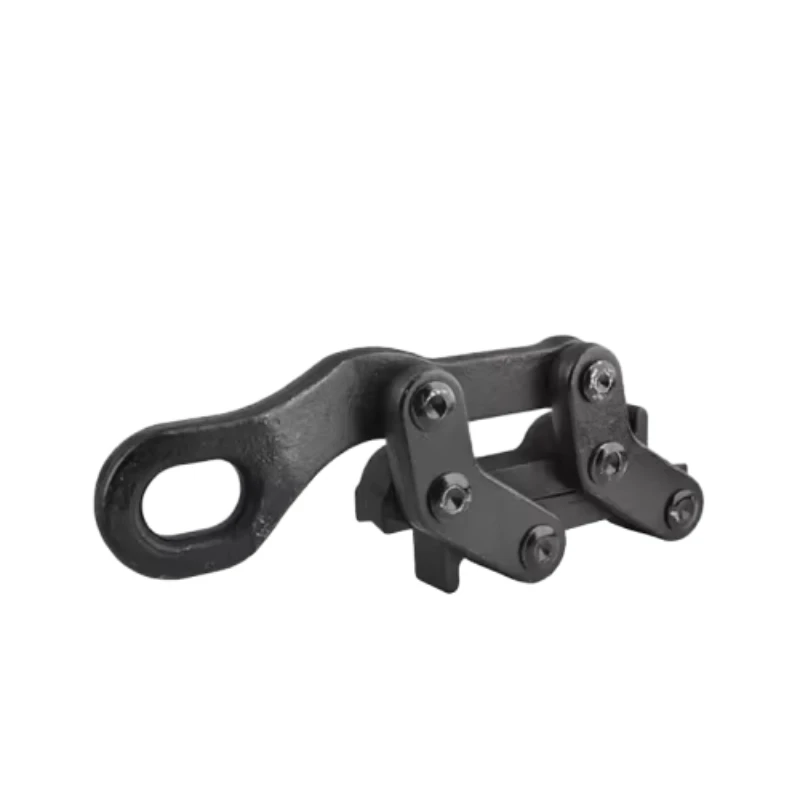
-
 Afrikaans
Afrikaans -
 Albanian
Albanian -
 Amharic
Amharic -
 Arabic
Arabic -
 Armenian
Armenian -
 Azerbaijani
Azerbaijani -
 Basque
Basque -
 Belarusian
Belarusian -
 Bengali
Bengali -
 Bosnian
Bosnian -
 Bulgarian
Bulgarian -
 Catalan
Catalan -
 Cebuano
Cebuano -
 Corsican
Corsican -
 Croatian
Croatian -
 Czech
Czech -
 Danish
Danish -
 Dutch
Dutch -
 English
English -
 Esperanto
Esperanto -
 Estonian
Estonian -
 Finnish
Finnish -
 French
French -
 Frisian
Frisian -
 Galician
Galician -
 Georgian
Georgian -
 German
German -
 Greek
Greek -
 Gujarati
Gujarati -
 Haitian Creole
Haitian Creole -
 hausa
hausa -
 hawaiian
hawaiian -
 Hebrew
Hebrew -
 Hindi
Hindi -
 Miao
Miao -
 Hungarian
Hungarian -
 Icelandic
Icelandic -
 igbo
igbo -
 Indonesian
Indonesian -
 irish
irish -
 Italian
Italian -
 Japanese
Japanese -
 Javanese
Javanese -
 Kannada
Kannada -
 kazakh
kazakh -
 Khmer
Khmer -
 Rwandese
Rwandese -
 Korean
Korean -
 Kurdish
Kurdish -
 Kyrgyz
Kyrgyz -
 Lao
Lao -
 Latin
Latin -
 Latvian
Latvian -
 Lithuanian
Lithuanian -
 Luxembourgish
Luxembourgish -
 Macedonian
Macedonian -
 Malgashi
Malgashi -
 Malay
Malay -
 Malayalam
Malayalam -
 Maltese
Maltese -
 Maori
Maori -
 Marathi
Marathi -
 Mongolian
Mongolian -
 Myanmar
Myanmar -
 Nepali
Nepali -
 Norwegian
Norwegian -
 Norwegian
Norwegian -
 Occitan
Occitan -
 Pashto
Pashto -
 Persian
Persian -
 Polish
Polish -
 Portuguese
Portuguese -
 Punjabi
Punjabi -
 Romanian
Romanian -
 Russian
Russian -
 Samoan
Samoan -
 Scottish Gaelic
Scottish Gaelic -
 Serbian
Serbian -
 Sesotho
Sesotho -
 Shona
Shona -
 Sindhi
Sindhi -
 Sinhala
Sinhala -
 Slovak
Slovak -
 Slovenian
Slovenian -
 Somali
Somali -
 Spanish
Spanish -
 Sundanese
Sundanese -
 Swahili
Swahili -
 Swedish
Swedish -
 Tagalog
Tagalog -
 Tajik
Tajik -
 Tamil
Tamil -
 Tatar
Tatar -
 Telugu
Telugu -
 Thai
Thai -
 Turkish
Turkish -
 Turkmen
Turkmen -
 Ukrainian
Ukrainian -
 Urdu
Urdu -
 Uighur
Uighur -
 Uzbek
Uzbek -
 Vietnamese
Vietnamese -
 Welsh
Welsh -
 Bantu
Bantu -
 Yiddish
Yiddish -
 Yoruba
Yoruba -
 Zulu
Zulu


Dec . 11, 2024 09:38 Back to list
Innovative Approaches to Rotary Electrical Coupling in Modern Technology Design
Rotating Electrical Coupling An Overview
Rotating electrical coupling, an essential technology in modern engineering, refers to the transfer of electrical energy between rotating components in systems where static connections are impractical. This phenomenon is especially significant in applications involving motors, generators, and other rotating machinery where power must be transmitted without direct electrical connections. This article explores the principles, applications, and advantages of rotating electrical coupling.
Principles Behind Rotating Electrical Coupling
At its core, rotating electrical coupling relies on the principle of electromagnetic induction, where a changing magnetic field induces voltage in a conductor. In practical applications, this is often achieved through devices known as slip rings or rotary unions, which allow for the transfer of electricity from stationary parts of a machine to its rotating shaft.
Slip rings are circular interfaces that consist of conductive rings and brushes. As the rotor turns, the brushes maintain continuous contact with the rings, facilitating the flow of electric current. This design minimizes wear and tear, ensuring a reliable connection even under conditions of high speed or rotation.
Applications of Rotating Electrical Coupling
Rotating electrical coupling is employed across various industries. In the aerospace sector, it is critical for systems like aircraft control surfaces, where it connects electrical controls to rotating elements. Similarly, in wind turbines, rotating electrical couplings help in transmitting power generated by rotating blades to the grid.
In the realm of robotics, rotating electrical coupling is pivotal for coupling power and signals to robotic arms and joints. These systems often require intricate movements and precise control, necessitating a robust and flexible electrical connection. Furthermore, the entertainment industry utilizes this technology in stages and concert equipment, allowing for dynamic lighting and sound systems that require mobility around the stage.
rotating electrical coupling

Advantages of Rotating Electrical Coupling
One significant advantage of rotating electrical coupling is the elimination of mechanical wear that typically occurs with traditional connections. Because there are no dragging connectors involved, systems tend to have a longer lifespan and require less maintenance. Furthermore, given the often harsh operating environments of industrial applications, rotating electrical coupling can effectively resist dust, moisture, and other contaminants, ensuring uninterrupted electrical supply.
Another benefit is the flexibility it provides in design. Engineers can create systems with complex motion and power requirements, knowing that rotating electrical coupling can manage the electrical transfer without constraints. This flexibility is critical in the design of modern machines that prioritize efficiency and versatility.
Future Trends in Rotating Electrical Coupling
As technology advances, the field of rotating electrical coupling continues to evolve. Future developments may include improvements in materials used for slip rings, leading to better conductivity and reduced size. Additionally, advancements in wireless power transfer technologies might offer even more innovative solutions, challenging traditional methods of electrical coupling.
The integration of smart sensors within these systems may also provide real-time monitoring capabilities, enhancing system reliability and performance. This could be particularly beneficial in critical applications like aerospace and energy production, where system failures can have significant consequences.
Conclusion
In conclusion, rotating electrical coupling is a vital technology that supports various industries by facilitating the secure and efficient transfer of electrical energy between rotating components. As innovation drives the evolution of this technology, we can expect to see enhanced reliability, efficiency, and flexibility in its applications. Understanding the principles and advantages of rotating electrical coupling is essential for engineers and designers tasked with creating the next generation of machinery and systems. Through these advancements, the future of electrical coupling looks promising, paving the way for more robust and advanced engineering solutions.
Latest news
What Are Construction Tools and How Are They Used?
NewsJul.11,2025
Professional-Grade Duct Rodding Tools for Superior Cable Installation
NewsJul.11,2025
Enhancing Safety and Efficiency with Modern Hot Stick Solutions
NewsJul.11,2025
Empowering Cable Installation with Advanced Rodder Solutions
NewsJul.11,2025
Elevate Your Cable Installation Projects with Cable Pulling Tools
NewsJul.11,2025
Efficient Cable Handling Solutions: Cable Rollers for Sale
NewsJul.11,2025











